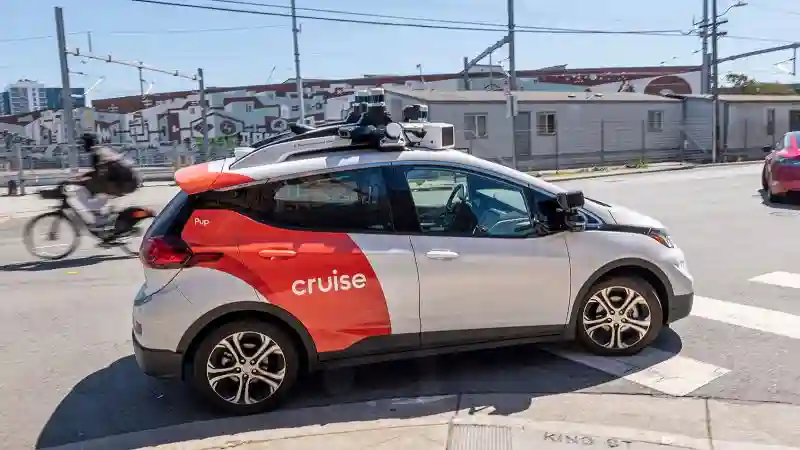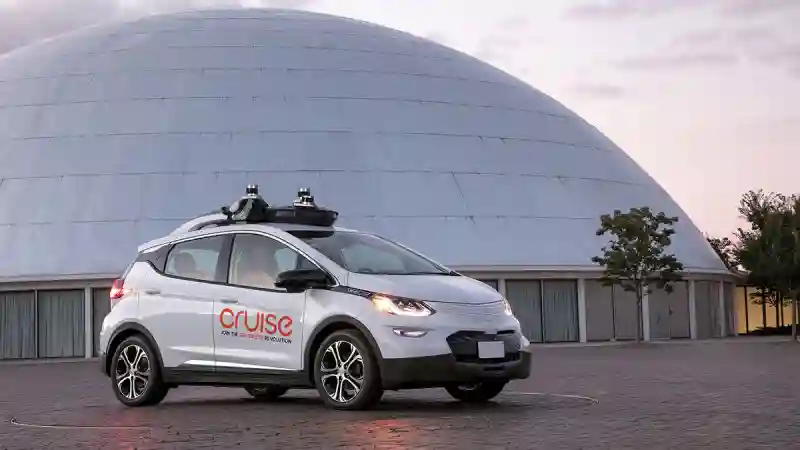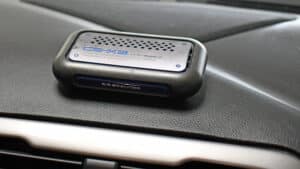In the ever-shifting landscape of automotive progress, Cruise Autonomous Driving (CAD) emerges as an entity reshaping the very fabric of our vehicular existence. At its core, an intangible force breathes life into the machinery – Artificial Intelligence (AI), an enigmatic essence that propels the notion of self-driven cars into the realm of reality.
Unveiling the Foundations
Traversing the Maze of Machine Learning
In the labyrinth of CAD, the silent choreographer is Machine Learning (ML), deciphering the intricacies of the road from copious datasets. A digital cerebrum, evolving and adapting, orchestrates swift decisions, ensuring the road ahead remains a seamless and secure tapestry.
Neural Networks: Echoes of a Complex Symphony
Envision an intricate neural network, mirroring the labyrinthine convolutions of the human brain. In CAD, these networks decode the cryptic language of the road, allowing the vehicle to perceive and respond with an eerie precision to the symphony of its surroundings.
Data: The Lifeblood of the Machine
In the crucible of AI for CAD, an eclectic array of data courses through its digital veins. Diversity in datasets is the crucible in which AI learns to navigate the myriad scenarios strewn across the asphalt canvas, ensuring a robust and adaptive driving experience.
Supervised and Unsupervised Ballet
Supervised learning takes the lead, a vigilant mentor guiding AI through labeled data, imparting the wisdom required for nuanced decision-making. In a contrasting pirouette, unsupervised learning allows AI to waltz into uncharted territories, adapting seamlessly to the capricious twists of the road.

Sensor Integration
AI in CAD becomes an orchestra conductor, interpreting the sensory opus provided by LiDAR, Radar, and Cameras – the eyes and ears translating the language of the road into a real-time score.
Environmental Understanding: A Dance with Chaos
How does AI waltz through the tumultuous ballet of traffic and pedestrians? It possesses an environmental acumen, unraveling the intricate dance with split-second decisions that prioritize safety, harmonizing with the ebb and flow of a seamless driving experience.
Real-time Decision Making
The beauty of AI in CAD lies in its swift choreography, decisions unfurling at the pace of thought. In mere milliseconds, it appraises scenarios, delicately balancing safety and efficiency, crafting a driving experience that feels instinctive and secure.
Control Systems
Integration is the sonnet. AI’s decisions seamlessly integrate with the vehicle’s control systems, composing a symphony of movements emulating the finesse of a human conductor, yet surpassing it in precision.
Ethical Quandaries: Navigating the Gray Expanse
As we consign life-and-death decisions to AI, ethical murmurings surface. Striking a balance between safety and efficiency demands a dance through the moral haze embedded in AI’s decision-making tapestry.
Technical Limitations
Despite the quantum leaps in AI for CAD, challenges endure. Technical limitations beckon continuous exploration and development to unravel the enigma of edge cases and unpredictable turns on the road.
Advancements in AI for CAD
The odyssey continues. Predicting future enhancements in AI for CAD invites us to peer into the unknown, a canvas where promises of redefining the automotive tapestry await revelation. Enhanced safety measures and heightened efficiency linger on the horizon, whispers of an unveiling yet to transpire.
In Denouement
In the symbiotic ballet between AI and CAD, we witness the emergence of a new epoch in vehicular evolution. As technology propels us forward, the role of AI in cruise autonomous driving transcends mere convenience, a testament to human ingenuity that reshapes our communion with the road and the vehicles that carry us into the future.






